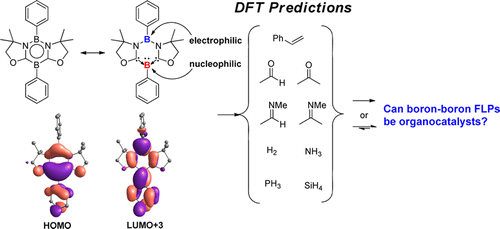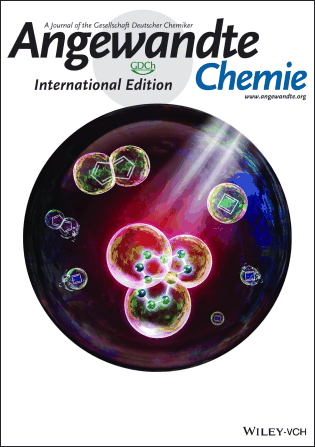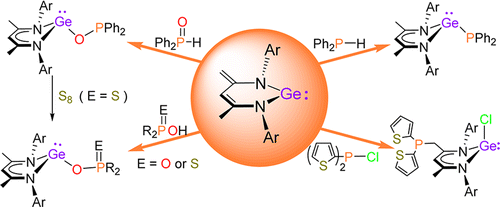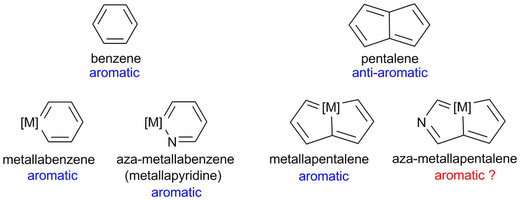Nature Chemistry




For details, please check the link at http://onlinelibrary.wiley.com/doi/10.1002/cphc.201500811/abstract.

Recent progress in frustrated Lewis pairs (FLPs) has attracted increasing attention. However, most of the FLPs are composed of Lewis basic phosphines and Lewis acidic boranes. In 2015, Kinjo and co-workers reported the first intramolecular boron–boron FLP, namely, 1,3,2,5-diazadiborinine (1), which showed high regioselectivity in the reactions with methyl trifluoromethansulfonate, phenylacetylene, and CO2. More interestingly, the activation of CO2 was found to be reversible when the temperature was elevated to 90 °C.

The synthesis of small cyclic metal carbynes is challenging due to the large angle strain associated with the highly distorted nonlinear triple bonds. Herein, we report a general route for the synthesis of five-membered cyclic metal carbyne complexes, osmapentalynes, by the reactions of an osmapentalene derivative with allene, alkyne, and alkene. Experimental observations and theoretical calculations document the aromaticity in the fused five-membered rings of osmapentalynes.
For details, please check the link at http://onlinelibrary.wiley.com/doi/10.1002/anie.201502412/abstract.

For details, please check the link at http://onlinelibrary.wiley.com/doi/10.1002/anie.201503578/abstract

A series of phosphorus-substituted germanium(II) complexes, L1GeR [L1 = CH{(CMe)(2,6-iPr2C6H3N)}2; 2, R = PPh2; 4, R = OPPh2; 5a, R = OP(O)Ph2; 5b, R = OP(O) (OnBu)2; 6a, R = OP(S)Ph2; 6b, R = OP(S)(OEt)2], were synthesized through the direct activation of various organic phosphorus compounds by N-heterocyclic ylide-like germylene 1.

The concept of aromaticity has long played an important role in chemistry and continues to fascinate both experimentalists and theoreticians. Among the archetypal aromatic compounds, heteroaromatics are particularly attractive. Recently, substitution of a transition-metal fragment for a carbon atom in the anti-aromatic hydrocarbon pentalene has led to the new heteroaromatic osmapentalenes. However, construction of the aza-homolog of osmapentalenes cannot be accomplished by a similar synthetic manipulation.

Antiaromatic species are substantially less thermodynamically stable than aromatic moieties. Herein, we report the stabilization of two classical antiaromatic frameworks, cyclobutadiene and pentalene, by introducing one metal fragment through the first [2+2] cycloaddition reaction of a late-transition-metal carbyne with alkynes. Experimental observations and theoretical calculations reveal that the metal fragment decreases the antiaromaticity in cyclobutadiene and pentalene simultaneously, leading to air- and moisture-stable products.
For details, please check the link at http://onlinelibrary.wiley.com/doi/10.1002/anie.201501349/abstract

To probe the kinetic performance of microsolvated α-nucleophile, the G2(+)M calculations were carried out for the gas-phase SN2 reactions of monohydrated and dihydrated α-oxy-nucleophiles XO−(H2O)n = 1,2 (X = HO, CH3O, F, Cl, Br), and α-sulfur-nucleophile, HSS−(H2O)n = 1,2, toward CH3Cl. We compared the reactivities of hydrated α-nucleophiles to those of hydrated normal nucleophiles.
Copyright © 2026,
Theme Originally Created by Devsaran
